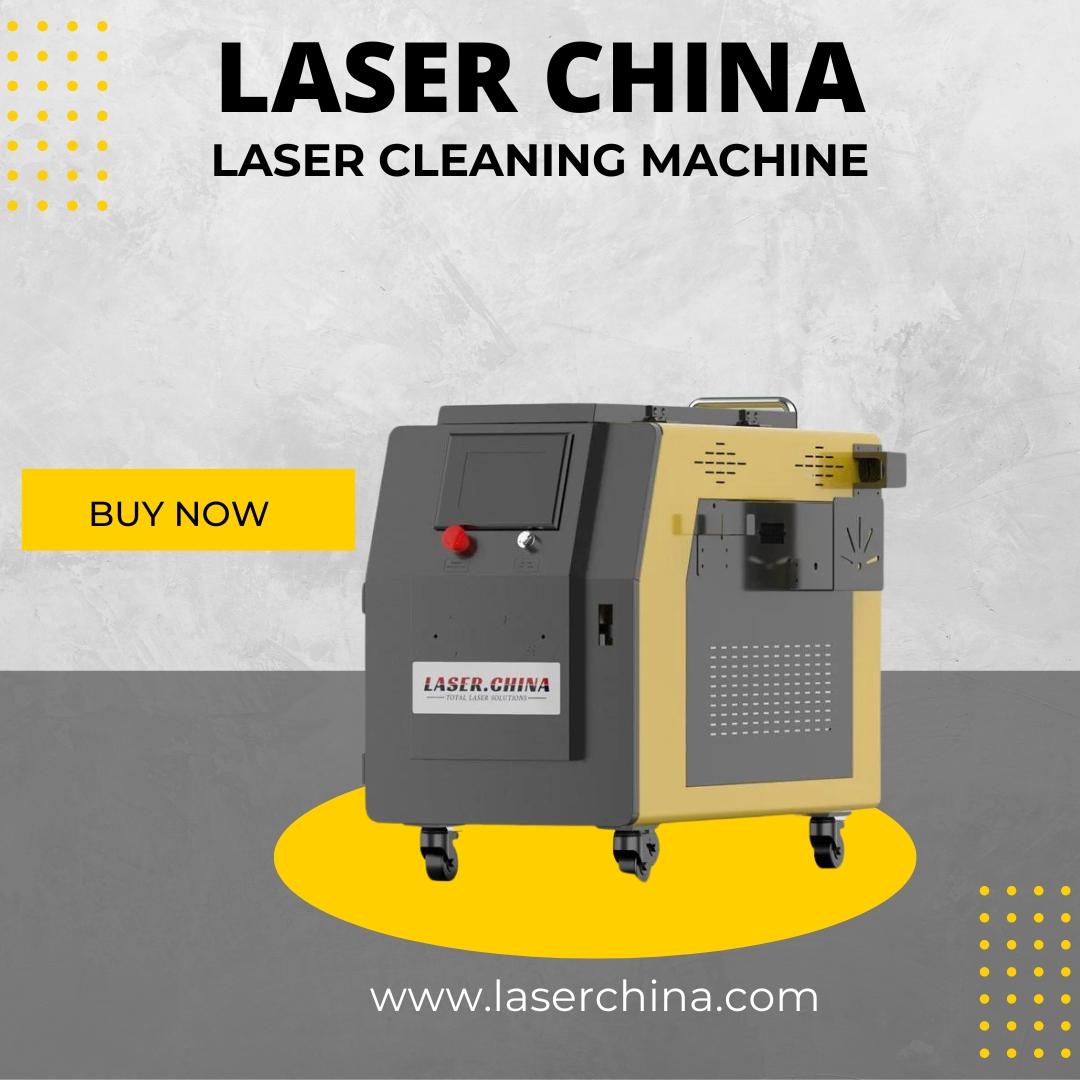Unlock Industrial Efficiency with the Power of a Laser Cleaning Machine

What Is a Laser Cleaning Machine?
A laser cleaning machine is a cutting-edge device that removes contaminants, rust, paint, or residue from metal surfaces using focused laser beams. Unlike traditional abrasive methods, laser cleaning is non-contact, eco-friendly, and highly precise, making it a top choice across industries like aerospace, automotive, energy, and heritage conservation.
This technology relies on laser ablation—a process where high-energy laser pulses vaporize the unwanted layer without damaging the base material.
Key Benefits of Using a Laser Cleaning Machine
| Feature | Benefit |
|---|---|
| Non-contact Cleaning | No wear-and-tear, no surface damage |
| No Chemicals or Abrasives | Environmentally safe and cost-efficient |
| Low Maintenance | Fewer parts to replace, reduced downtime |
| Precision Cleaning | Targets micrometer-level residues without harming base materials |
| Highly Automated | Compatible with robotics and CNC systems |
How Does a Laser Cleaning Machine Work?
Laser cleaning works by directing a high-intensity laser beam at the surface to be cleaned. The beam interacts with contaminants or oxidized layers, causing them to vaporize or peel away due to the difference in absorption between the residue and the base material.
The process involves:
-
Pulsed fiber laser emission
-
Thermal expansion causing micro-explosions of the upper layer
-
Controlled beam scanning for uniform results
This method is highly efficient and can be tuned based on power output, beam width, and pulse duration.
Types of Laser Cleaning Machines
There are different types suited for various applications:
1. Portable Handheld Laser Cleaners
-
Ideal for fieldwork or on-site repair
-
Lightweight and user-friendly
2. Stationary Laser Systems
-
Integrated into automated lines
-
Perfect for large-scale manufacturing
3. Pulsed Laser Cleaners
-
Better for precision tasks like mold cleaning
-
Reduces heat transfer to the base material
4. Continuous Wave (CW) Laser Cleaners
-
Designed for aggressive rust or paint removal
-
Suitable for industrial-strength cleaning
Applications Across Industries
-
Automotive: Paint removal, die cleaning, corrosion control
-
Aerospace: Pre-weld treatment, composite mold cleaning
-
Shipbuilding: Rust removal, hull maintenance
-
Power Plants: Turbine maintenance, pipe descaling
-
Cultural Heritage: Gentle cleaning of stone sculptures or bronze artifacts
Why Industries Are Switching to Laser Cleaning
Cost-Effectiveness Over Time
While the initial investment is higher, the total cost of ownership is lower. No recurring costs on consumables, chemicals, or PPE.
Cleaner, Safer Work Environments
No toxic fumes, dust, or chemical residues—making the workplace compliant with modern occupational safety standards.
Regulatory Compliance
Laser cleaning meets global green manufacturing guidelines, supporting ISO 14001 environmental management systems.
Expert Insights: Is Laser Cleaning Right for You?
If your business requires:
-
High surface cleanliness without distortion
-
No secondary waste disposal
-
Consistency across large volumes
…then a laser cleaning machine can dramatically improve your operational efficiency.
Real-World Metrics and Performance
| Metric | Average Value |
|---|---|
| Cleaning Speed | Up to 15 m²/hour depending on power |
| Power Range | 50W – 2000W |
| Operational Lifespan | 50,000 – 100,000 hours (fiber lasers) |
| Surface Roughness Achieved | Ra < 1µm (adjustable) |
| Cost Savings (per annum) | Up to 40% vs. abrasive blasting |
Common Questions (FAQs)
Q1: Will laser cleaning damage delicate surfaces?
No. Pulsed lasers are designed to clean without transferring heat or pressure to delicate materials.
Q2: What materials can be cleaned?
Metals, stone, glass, ceramics, and coated plastics can be cleaned using the appropriate laser parameters.
Q3: Is it safe for operators?
Yes. With the proper safety enclosure and laser goggles, it's fully compliant with international laser safety standards.
Q4: Can it be used outdoors?
Yes. Many portable systems are ruggedized for on-site industrial environments.
Q5: How long does it take to train an operator?
Typically, operators can be trained within a few hours due to intuitive interfaces and automation support.
Industry-Leading Advancements to Watch
-
AI-enhanced targeting for automatic surface detection
-
3D scanner integration for contour mapping
-
Green laser options for thermally sensitive materials
-
Remote diagnostics for predictive maintenance
Final Thought:
Whether you're scaling up industrial production or modernizing maintenance operations, a laser cleaning machine is more than a tool—it's a technological leap. Designed to meet the evolving standards of precision, sustainability, and automation, it puts you at the forefront of next-generation surface treatment.
- Art
- Causes
- Crafts
- Dance
- Drinks
- Film
- Fitness
- Food
- Games
- Gardening
- Health
- Home
- Literature
- Music
- Networking
- Other
- Party
- Religion
- Shopping
- Sports
- Theater
- Wellness


